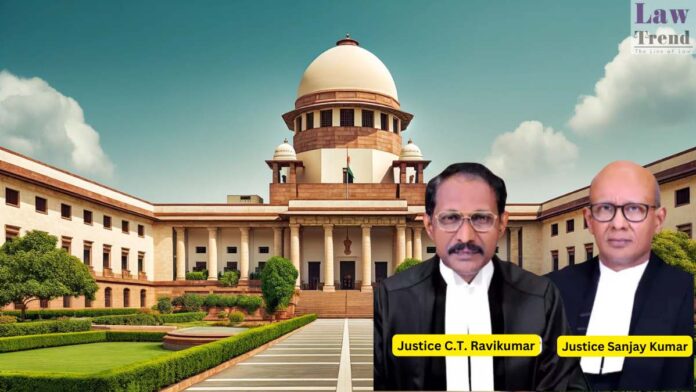In a significant split verdict, the Supreme Court of India has raised critical questions regarding the evidentiary standards required for homicide convictions, especially in cases involving custodial deaths where the identity of the recovered body is in doubt. The judgment was delivered in Manik & Ors. vs. State of Maharashtra (Criminal Appeal Nos. 1614-1618 of
To Read More Please Subscribe to VIP Membership for Unlimited Access to All the Articles, Download Available Copies of Judgments/Order, Acess to Central/State Bare Acts, Advertisement Free Content, Access to More than 4000 Legal Drafts( Readymade Editable Formats of Suits, Petitions, Writs, Legal Notices, Divorce Petitions, 138 Notices, Bail Applications etc.) in Hindi and English.




